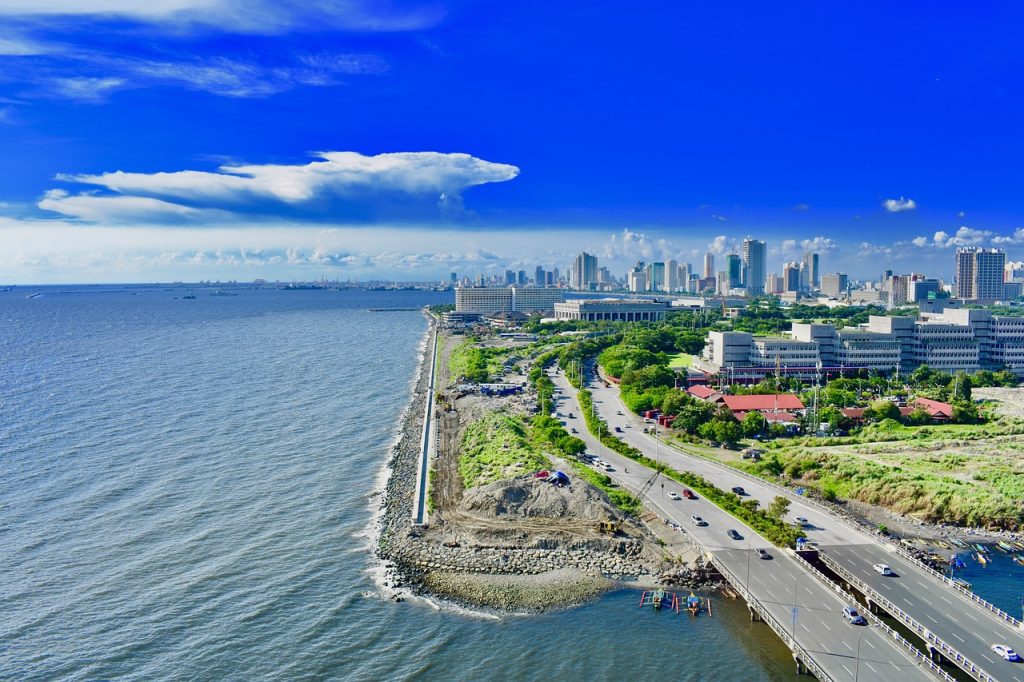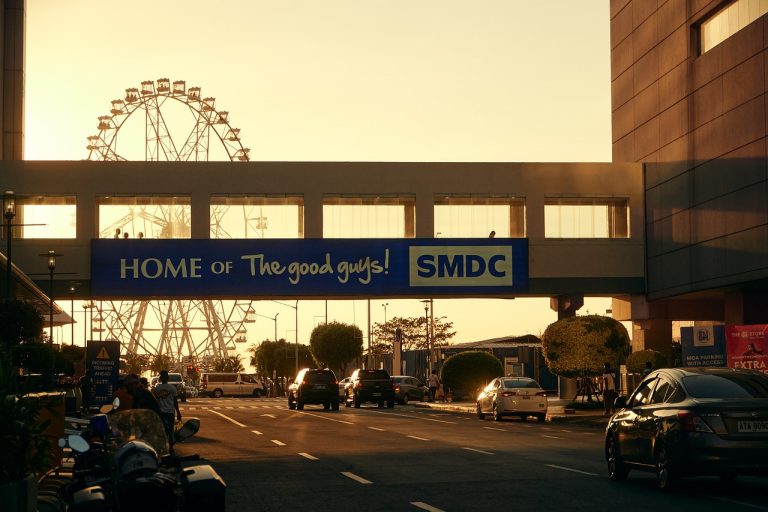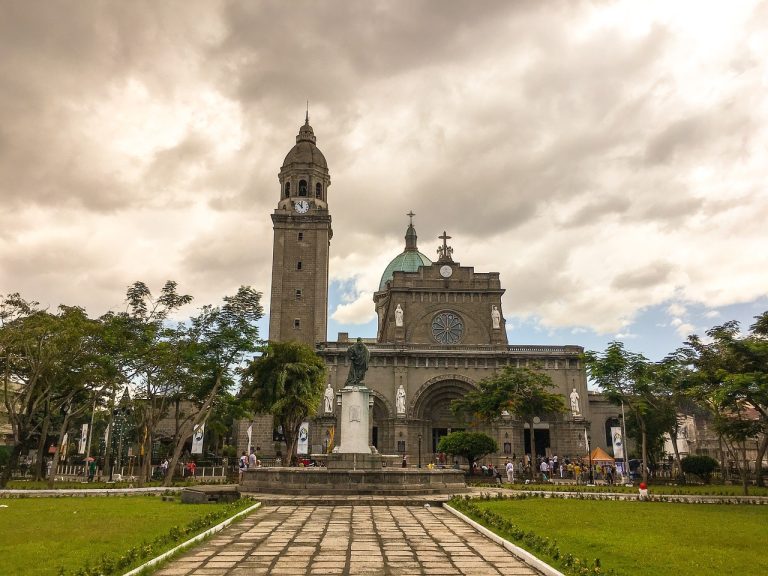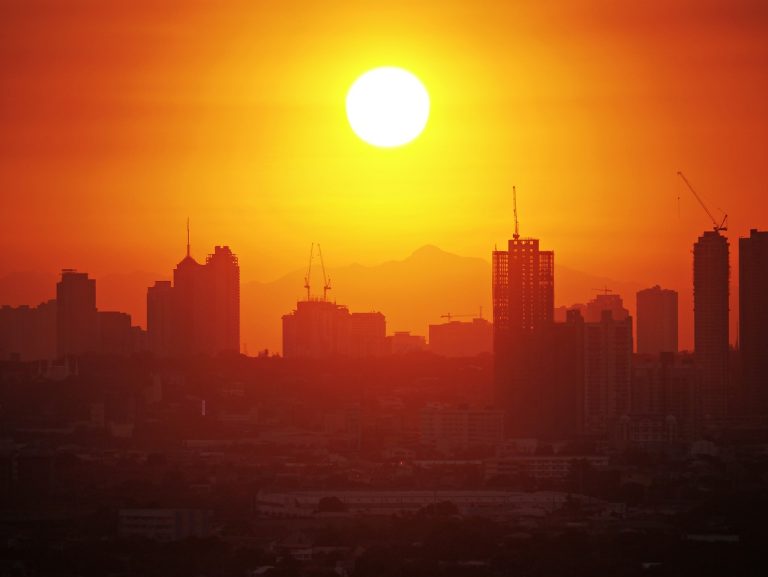Listen (English voice)
Manila Philippines Video
Architectural Wonders: Iconic Buildings in Manila, Philippines
Manila, the capital city of the Philippines, is home to a rich architectural heritage. From historical landmarks to modern skyscrapers, the city boasts a diverse range of iconic buildings. These architectural wonders showcase the country’s history, culture, and progress. In this article, we will explore ten remarkable structures that have become symbols of Manila’s architectural splendor.
1. Intramuros: The Walled City
- Fort Santiago: A Spanish fortress built in the late 16th century, Fort Santiago played a significant role in Philippine history. It served as a defense fortress during the Spanish colonial period and later as a prison for political dissidents. Today, it stands as a museum and a reminder of the city’s colonial past.
- San Agustin Church: Constructed in the 16th century, San Agustin Church is the oldest stone church in the Philippines. Its Baroque architecture and intricate details make it a UNESCO World Heritage Site. The church also houses a museum that displays religious artifacts and artworks.
- Casa Manila: A replica of a Spanish colonial house, Casa Manila provides a glimpse into the lifestyle of the elite during the Spanish era. The interior showcases traditional Filipino craftsmanship and design.

2. Rizal Park
- Rizal Monument: The Rizal Monument is a memorial dedicated to the Philippine national hero, Jose Rizal. Designed by a Swiss sculptor, it stands as a symbol of Filipino patriotism and independence.
- Kilometer Zero: Located in Rizal Park, Kilometer Zero is considered the starting point for measuring distances in the Philippines. It serves as a reference point for various roads and highways across the country.
- National Museum of Anthropology: Situated within Rizal Park, the National Museum of Anthropology showcases the diverse indigenous cultures of the Philippines. It houses a vast collection of artifacts, including traditional clothing, tools, and pottery.
3. Manila Cathedral
- Manila Cathedral: Also known as the Minor Basilica and Metropolitan Cathedral of the Immaculate Conception, the Manila Cathedral is the seat of the Roman Catholic Archdiocese of Manila. The cathedral’s stunning architecture and vibrant stained glass windows make it a must-visit for tourists and religious pilgrims.
- Plaza Roma: Adjacent to the Manila Cathedral, Plaza Roma is a public square that serves as a gathering place for locals and visitors. It offers a panoramic view of the cathedral and is often used for cultural events and celebrations.
- Archbishop’s Palace: Located near the Manila Cathedral, the Archbishop’s Palace is the official residence of the Archbishop of Manila. The palace’s architecture reflects a blend of Spanish and Filipino influences.
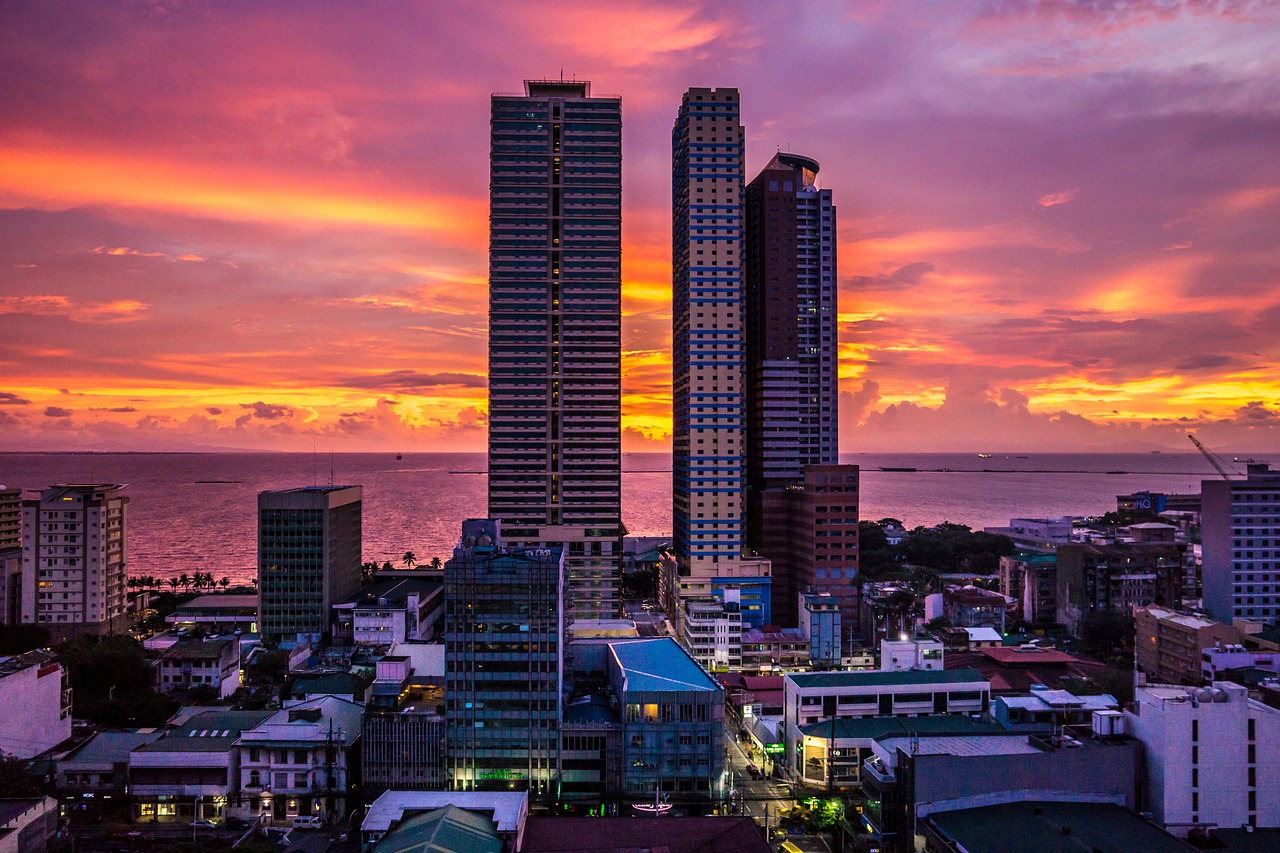
4. Cultural Center of the Philippines
- Tanghalang Pambansa: The main theater of the Cultural Center of the Philippines, Tanghalang Pambansa, hosts various performances, including theater plays, ballets, and concerts. Its distinctive architectural design represents the petals of a flower.
- Metropolitan Museum of Manila: Situated within the Cultural Center of the Philippines complex, the Metropolitan Museum of Manila features contemporary and modern artworks by Filipino artists. It aims to promote Philippine art and culture.
- National Library of the Philippines: The National Library of the Philippines houses a vast collection of books, manuscripts, and other historical documents. It serves as a valuable resource for researchers and scholars.
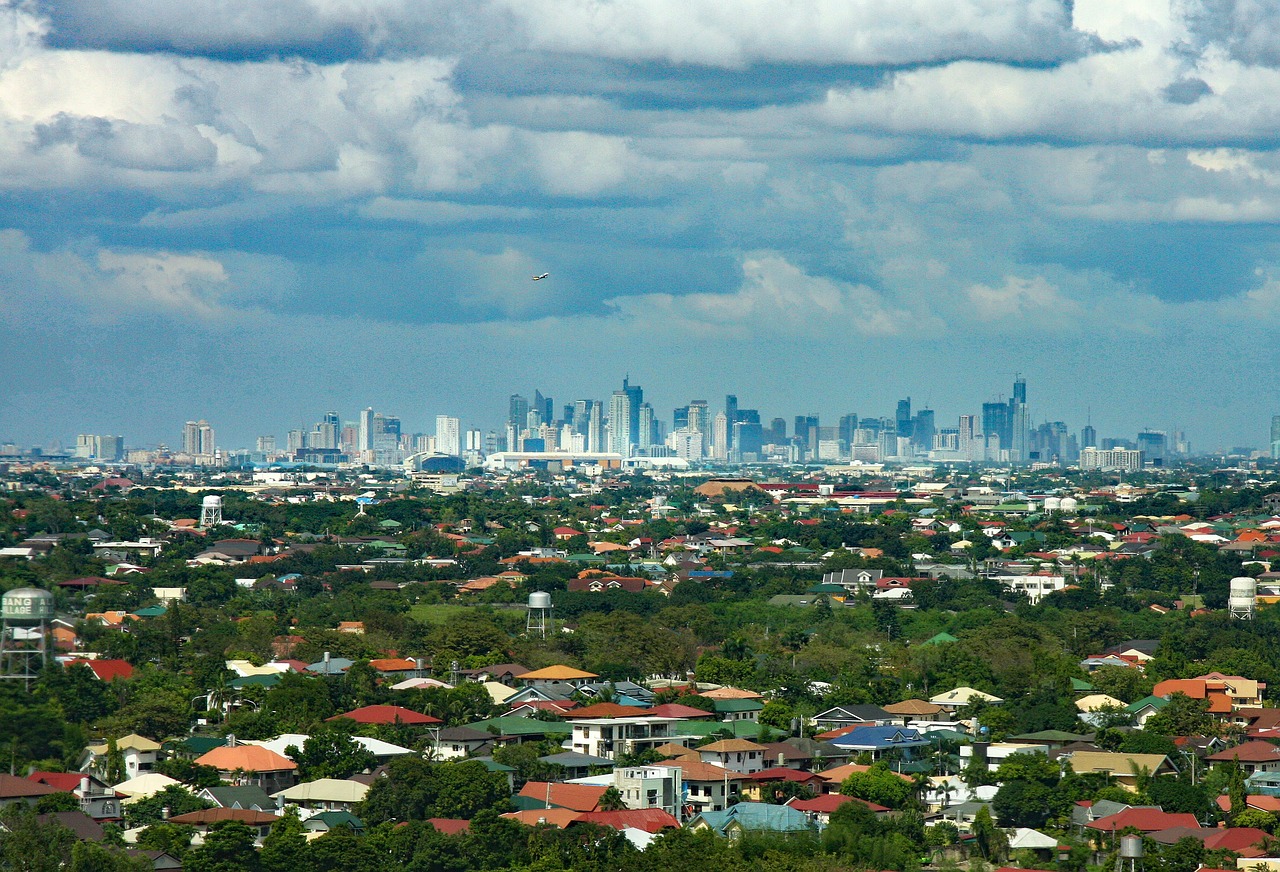
5. Bonifacio Global City
- The Mind Museum: A science museum located in Bonifacio Global City, The Mind Museum offers interactive exhibits and educational programs for both children and adults. It aims to promote scientific curiosity and exploration.
- High Street: Bonifacio Global City’s High Street is a vibrant shopping and dining destination. It features a mix of international and local brands, as well as various restaurants and cafes.
- Net Park: A modern office building in Bonifacio Global City, Net Park showcases innovative architecture and sustainable design. It houses various multinational companies and provides a conducive work environment.
6. National Museum of Fine Arts
- Spoliarium: One of the most famous artworks in the Philippines, Juan Luna’s Spoliarium is displayed at the National Museum of Fine Arts. This massive painting depicts a scene in a Roman gladiatorial arena and symbolizes the country’s struggle for independence.
- Old Senate Session Hall: Located within the National Museum of Fine Arts, the Old Senate Session Hall showcases the neoclassical architectural style. It was previously used as the meeting place of the Philippine Senate.
- Gallery of Philippine Presidents: This gallery features portraits and memorabilia of the past presidents of the Philippines. It provides insights into the country’s political history.
7. Manila Ocean Park
- Oceanarium: Manila Ocean Park’s Oceanarium is a popular attraction that allows visitors to explore the wonders of the ocean. It features various marine species, including sharks, rays, and colorful tropical fish.
- Sea Lion Show: The Sea Lion Show at Manila Ocean Park showcases the intelligence and agility of these lovable marine mammals. Visitors can enjoy entertaining performances and interact with the sea lions.
- Jellyfish Exhibit: The Jellyfish Exhibit offers a mesmerizing display of different species of jellyfish. It provides an opportunity to learn about these fascinating creatures and their unique characteristics.
8. Manila Baywalk
- Sunset Views: Manila Baywalk is known for its breathtaking sunset views. Visitors can stroll along the promenade while enjoying the stunning colors of the sky as the sun sets over the bay.
- Street Food Stalls: Manila Baywalk is also a popular spot for street food enthusiasts. Numerous food stalls offer a variety of local delicacies, allowing visitors to indulge in authentic Filipino flavors.
- Bike Rentals: Bike rental services are available at Manila Baywalk, providing a fun and eco-friendly way to explore the area. Visitors can enjoy a leisurely bike ride along the bay.
9. National Museum of Natural History
- Tree of Life: The centerpiece of the National Museum of Natural History is the Tree of Life, a massive installation that showcases the diversity of Philippine flora and fauna. Visitors can explore the different levels and learn about the country’s rich biodiversity.
- Gems and Minerals Hall: This hall displays a collection of precious gems, minerals, and rocks. It provides insights into the geological wealth of the Philippines.
- Biodiversity Gallery: The Biodiversity Gallery highlights the unique ecosystems and species found in the Philippines. It raises awareness about the importance of conservation and sustainable practices.
10. Makati Central Business District
- Ayala Museum: Located in the heart of Makati’s Central Business District, Ayala Museum showcases Philippine art, history, and culture. It features interactive exhibits and immersive displays.
- Greenbelt: Greenbelt is a premier shopping and lifestyle destination in Makati. It offers a mix of high-end retail stores, restaurants, and entertainment options in a lush and beautifully landscaped environment.
- The Philippine Stock Exchange Tower: The Philippine Stock Exchange Tower is a prominent landmark in Makati’s skyline. It houses the country’s stock exchange and represents the bustling financial district.
These ten architectural wonders in Manila, Philippines, provide a glimpse into the city’s rich history, vibrant culture, and modern development. Whether you are a history enthusiast, art lover, or simply someone who appreciates beautiful structures, exploring these iconic buildings will surely leave you in awe of Manila’s architectural splendor.
References:
- intramuros.ph
- nationalmuseum.gov.ph
- manilaoceanpark.com
- manilabaywalk.com.ph
- ayalamuseum.org

